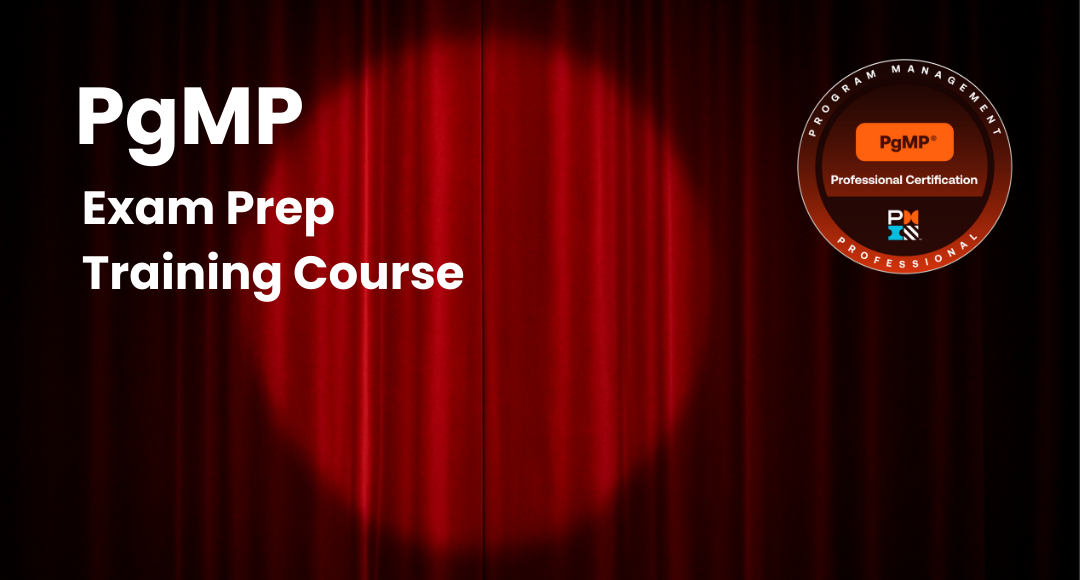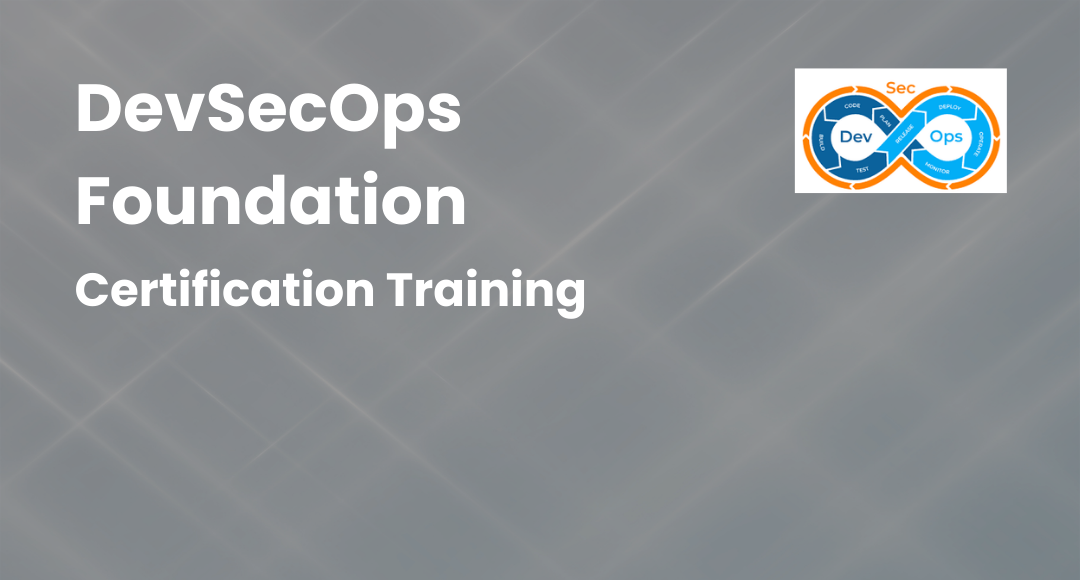Stakeholder Engagement Levels Guide
-
 By Nandini
By Nandini - Published on Sep 16 2024

Table of Contents
- Guide to Understanding Stakeholder Engagement Levels
- Stakeholder Analysis
- Advantages of using an engagement assessment matrix with the stakeholders
- How does this approach differ from others that include stakeholders?
- Instructions for building an engagement evaluation matrix for stakeholders
- Principle of Stakeholder Engagements
- What is a stakeholder’s involvement assessment matrix?
- Project Stakeholder Management Processes
- Conclusion
Guide to Understanding Stakeholder Engagement Levels
According to the PMI's PMBOK handbook, one of the knowledge domains related to project management is the management of stakeholders. Whether a project is successful or unsuccessful may largely be determined by how well Stakeholder Engagement assesment Matrics are engaged.
In order to successfully finish any project, it is necessary to satisfy the requirements and requirements of all of the project's stakeholders. For a project to be successful, the project manager and the project team will need the timely assistance and cooperation of all of the project's stakeholders throughout the duration of the project.
Stakeholder Engagement assessment Matrics are individuals, groups, or organizations that are actively engaged in a project, who will be influenced favorably or unfavorably by the conclusion of the project, or who have the ability to influence the outcome of the project by their power and financial resources.
While effective stakeholder engagement levels will require the application of interpersonal and communication skills, it will also require the development of a well-planned strategy to engage all of the stakeholders in the most productive manner to gain their support, which will be beneficial for the project. Effective stakeholder engagement levels will require both of these things.
The efforts that are put into engaging stakeholders will be ongoing and consistent throughout the life cycle of the project.
Stakeholder Analysis
When 5 levels of stakeholder engagement is uninformed of the project in its entirety or the possible implications it may have, they are said to be oblivious.
They are oblivious to the fact that it even exists. Now, if they are Resistant, it means that they are aware of the project and the possible consequences that it may have, but they are resistant to any changes that could occur as a result of the work that is done on the project or the results that it produces.
These specific stakeholders will not be supportive of either the work being done or the results of the project; thus, we have an urgent need to improve our communication with them and better manage our relationship with them.
There is a possibility that we will have stakeholders that are neutral, meaning that they are familiar with the project but do neither support it nor do they oppose it. They are not trying to control the situation in any way. It's possible that we'll have stakeholders who are on board with what we're doing; they'll be familiar with the project and its potential effects, and they'll back both the effort and the results.
This is the ideal destination that we want to be heading toward, and the next phase will eventually be when we have stakeholders leading, which means that they are aware of the project and its possible implications, and they are actively involved in ensuring that the project is a success.
They are not in any way acting as a barrier to our progress but rather as an aid to us. And that is exactly where we want to find our stakeholders in the future.
Mapping our stakeholders against such criteria is part of an exercise called an engagement evaluation matrix for stakeholders.
There is a possibility that there are stakeholders over on the left who are not aware of the situation at the moment; yet, we want their cooperation in order to achieve the state that we want.
The most of them, if not all of them, should truly be supporting or leading. Because it's possible that an executive or a sponsor may need to take the lead, we need to be absolutely certain that we're communicating effectively with them and that we're doing all we can to assist them move up into the higher levels of stakeholder engagement levels.
Advantages of using an engagement assessment matrix with the stakeholders
Finding out how different stakeholders presently feel about the project is beneficial for a number of important reasons. Project managers that have access to this information are able to:
Grow Project Support
The team is able to focus their communications to guarantee that the stakeholders will maintain their support if they identify those stakeholders who are generally supportive of the project or who are actively advocating it.
One of the most important things that a company can do to be ready for an impending shift is to make certain that all of the relevant stakeholders receive the most recent information and to encourage those stakeholders to spread the word about what they have learned. This is particularly true for stakeholders who are trusted by others in the company and who wield significant influence inside it.
Build Awareness and Engagement
One of the simplest ways to have a negative influence on the chances of a project being successful is to surprise them with a change that is either unwelcome or onerous. People like it when they are informed about what is going on and when they are given the opportunity to interact with the changes and offer input on them.
The group may construct a powerful communications management strategy that is focused on boosting the stakeholders' knowledge of the project as well as their level of involvement if they first identify those stakeholders who seem to be uninformed of the project.
It is possible that the project team will be able to persuade them to become supporters of the change, or they may provide helpful input that would not have been brought to light if they had stayed oblivious.
The project team will on occasion make a conscious decision to keep stakeholders in the dark about certain matters. It's possible that the project is very sensitive and might end up costing people their jobs. In such a situation, the group can decide to conceal the information from the stakeholders until the right support systems have been developed.
Convert resistant or neutral stakeholders
In conclusion, making use of an engagement assessment matrix for stakeholders enables you to identify and target stakeholders who are resistive or neutral. This is significant because it gives the project team the opportunity to investigate the reasons for the viewpoint they now hold.
It's possible that they see the condition of things to come as being less advantageous. Another possibility is that the company attempted to make the same adjustment but was unsuccessful. Or, they are concerned about whether or not they possess the abilities that will be necessary in the future.
No matter what the motivation may be, having the team investigate and comprehend it gives them the ability to impact their stance. This might be in the form of targeted updates to indicate favorable project development in comparison to those that have failed.
Sharing the plans for people's training and growth, which will help them feel more prepared for change, is another possibility. It's possible that all it is a simple acknowledgment of their worries. There are times when all that is required to bring someone on board is to make them feel as if they have been heard.
How does this approach differ from others that include stakeholders?
There are a number of distinct models for doing 5 levels of stakeholder engagement analysis, with the power vs. interest model being among the arguably most well-known of them. After the stakeholders have been identified, they are placed on a two-by-two grid according to the degree of power and interest they are thought to have in the project.
On the basis of this study, the project team will be able to determine how they ought to interact with the several major Stakeholder engagement plan groups and formulate a strategy for the management of Stakeholder engagement plan relationships.
The use of sabotage in operations is possible. When stakeholders are resistant, more communication effort is required, which might lengthen the project and drive up associated costs. This may have an effect on the development of the project and contribute to the perception that the initiative is bound to fail.
There are even more strategic uses for sabotage. If prominent project stakeholders feel the project is not adding value to the company, they may lobby for its cancellation on the grounds that the initiative is a waste of resources.
In light of this, a specific approach for the involvement of stakeholders needs to be implemented for each of the four sectors of the power versus interest grid. Stakeholder engagement levels is an important component of stakeholder engagement strategy management.
This is the activity that is done, based on the analysis you performed, to shift your stakeholders into positions that improve the chance of a good conclusion for the project.
If you want to get the most out of any stakeholder engagement strategy matrix model, the most essential thing is to put the newfound knowledge you get from doing the study to good use. The action itself is what matters, whether it be persuading a stakeholder engagement matrix who is interested in and supportive of the project to become a champion for the project or managing an important stakeholder engagement matrix who is averse to the project in such a way that it does not negatively influence the project.
Instructions for building an engagement evaluation matrix for stakeholders
The first thing you need to do in order to build an engagement assessment matrix for stakeholders is to first determine who those stakeholders are for the project. This is done in the process of initiating the project, and it is included in the proposal for the project.
It is quite improbable that the project team would be able to do the stakeholder engagement process analysis on their own; thus, this task need to be carried out in collaboration with a representative of the company.
The results of the study may be recorded in a template for a stakeholder engagement process registry that is completely adaptable to individual needs.
The status of each stakeholder may be easily monitored thanks to the use of color-coding. You have the option of adding either the "Current" or the "Desired" tag. The matrix for assessing the level of participation of levels of stakeholders is not intended to be a static or one-time tool.
By doing regular reviews, the project team is able to determine whether strategies for managing levels of stakeholders are perhaps successful.
Integrations with other applications, such as Excel, make it easy to transfer information even if you are just starting out with Monday.com and already have this data saved elsewhere.
In addition, you can utilize automation on Monday.com to act in response to changes in the status of a stakeholder. For instance, any stakeholder engagement examples whose status changes to "Leading" may be sent an email inviting them to train on the role of change champions.
This workshop would include topics such as how to implement change successfully.
Principle of Stakeholder Engagements
The following is a list of the principles that govern the involvement of stakeholder engagement examples:
- Find the proper kind of stakeholder: Both for your own firm and for the client company, you need to locate the correct kind of individuals who are subject matter experts in the area in which you are working. These individuals will have the most on their plates, yet their contribution to the project will be invaluable.
- Cement the engagement of why stakeholder engagement is important: We need to make sure that the involvement of why stakeholder engagement is important can be seen and tracked throughout the project. To keep them engaged with us, we may give them weekly progress updates and have review sessions, among other things.
- Manage the interests of stakeholder engagement opportunities This implies that we do things like throw success parties and other events to acknowledge and reward the engagement of stakeholder engagement opportunities.
- Talk about the definition of "done" on a regular basis: We need to try to bridge the gap between the expectations of stakeholders and the development process. This may be accomplished by first gaining a grasp of the requirements, and then obtained from the relevant stakeholder a specification of when that stakeholder will consider the job to be finished.
- Demonstrate both progress and capabilities: In order for the stakeholders to be apprised of the state of the project at all times, we need to provide them with regular demonstrations and presentations. They will maintain their interest in the initiative as a result of this.
- Discussing estimations and predictions in an open and honest manner is important because we need to try to be practical with our stakeholders and show them the true picture. We must proceed with discretion in order to avoid insulting them in any manner.
According to the PMBOK, we are able to categorize the amount of stakeholder participation as:
- Unaware refers to those individuals who are not aware of the project or its possible impacts. If the Stakeholder is not significant, it is OK for us to disregard them; nonetheless, we should make sure that any prominent Stakeholders are made aware as soon as possible.
- A person who is resistive to change while being aware of the initiative and the influence it will have on the world. We need to try to comprehend the concern that this stakeholder has with the way the project is being carried out and work to allay any fears that he or she may have.
- Neutral means that one is aware of the initiative but expresses neither support nor opposition. If we treat these individuals with care, we will be able to transform them into a constructive forces who will contribute to the success of our initiative. We need to try to invite them to one or two of our demonstrations.
- A person who is supportive is someone who is aware of the initiative and its influence and who is open to change. To ensure that they continue to support us, we need to keep sending them reports and invite them to demos (big ones only).
- Being aware of the project and the influence it will have as well as being actively involved in ensuring the project's success is essential for leadership. These individuals need constant active engagement and cautious management at all times. Depending on the amount of effect and influence they have, they should be provided a report and invited to the demonstration.
What is a stakeholder’s involvement assessment matrix?
A stakeholder’s engagement assessment matrix is a model that a project manager uses to analyze the present degree of involvement that stakeholders have with a project. If you're wondering what a stakeholder’s engagement assessment matrix is, it consists of 41 characters of project jargon.
There are five main ways in which stakeholders may be categorized:
- At this point, the project and any possible implications that its conclusion may have on the stakeholders, if any, are kept hidden from them.
- People who fall into this group are aware of the project and have a negative attitude about the proposed alterations.
- Stakeholders who are neutral on the project are aware of it but have neither a positive nor negative stance on it.
- These parties have been made aware of the project as well as the possible consequences of the change, and they are on board with it.
- People who fall into this group of stakeholders are familiar with the project and are making efforts to ensure that it is successful. These many parties involved may be referred to as "change champions."
In addition to identifying the current degree of participation, the matrix may also be used to guide a debate about the intended level of engagement for each stakeholder or stakeholder group. This can be done either before or after describing the current level of engagement.
Project Stakeholder Management Processes
The following four procedures are included in project stakeholder management as part of those processes:
- Identify Stakeholders
A very thorough identification process has to be carried out on all of the project's stakeholders. A new record that may be referred to as a "stakeholder registry" can be compiled with the information of every stakeholder that has been determined. When the list of stakeholders has been compiled, the next step will be to arrange them in order of importance. The process of prioritizing stakeholders may be accomplished by doing an in-depth examination of stakeholders.
Either a grid technique or a salience model may be used to carry out the study of stakeholders. In order to analyze and construct a grid, the grid method makes use of two factors about the stakeholders. A "power-interest" grid is now one of the most often utilized types of the grid. Within this framework, each stakeholder will be evaluated according to the influence they wield and the interest they have in the project.
In accordance with this, all of the stakeholders will be separated into four distinct quadrants: "low power – high interest," "high power – low interest," and "low power – high interest." This method assists in positioning the various stakeholders in the proper locations so that suitable strategies may be devised for each of them individually or for each group.
In certain instances, the salience model is also used in order to carry out a stakeholder analysis. The salience model determines a stakeholder's stance based on three criteria about that stakeholder. The metrics "power," "urgency," and "legitimacy" of each stakeholder's relationship to the project are what is employed in the tree.
- Plan Stakeholder Involvement
When all of the relevant stakeholders have been identified and ranked in order of importance according to the power and interest they bring to the table, it will be time to devise suitable management strategies for each of those stakeholders. A stakeholder engagement levels strategy is designed.
Included in the strategy for engaging stakeholders is a second round of analysis of those stakeholders, during which their "current" and "desired" levels of participation in the project will be compared and contrasted. This will enable the project to realize its full potential.
A stakeholder involvement evaluation matrix is constructed. In general, the stakeholders may belong to one of the five levels of participation, which are referred to as "Unaware," "Resistant," "Neutral," and "Supportive," and "Leading."
It is essential to ascertain the present degrees of participation that each stakeholder has and to make certain that all of them develop a favorable attitude toward the project. This analysis is helpful in defining the specific activities and actions that need to be followed in order to get all of the stakeholders to their "desired" level of participation.
- Manage Stakeholder Involvement
The project manager and the project team will begin engaging with stakeholders once appropriate strategies for stakeholder engagement levels have been developed. The goals of this interaction are to gain an understanding of the stakeholders' perspective on the project and to solicit the stakeholders' support for the successful completion of the project.
It is essential to the success of the project to have continuous and productive interaction and participation from all stakeholders. In order to involve the stakeholders in this endeavor, the project manager makes use of all of their social and cultural abilities, along with their interpersonal and communication skills.
- Monitor Stakeholder Involvement
If the actual level of stakeholder engagement levels is not at the required level, the team will need to adjust some of the strategies in order to improve stakeholder engagement levels in the desired direction. It is important to keep assessing the actual level of stakeholder engagement levels and determine if it is at the required level.
Using a stakeholder’s engagement assessment matrix keeps you ahead of the game
In this piece, we will explain what a stakeholder’s engagement evaluation matrix is and how you can use it to get the most support possible for your project. You run the risk of failing to take advantage of chances for your key stakeholders to support your project if you do not have a clear understanding of how they feel about it.
Equally, you run the risk of being taken by surprise if key project stakeholders oppose your efforts or even sabotage the initiative. You will be able to obtain the information you want to properly manage your stakeholders with assistance.
Conclusion
The information presented here offers a methodical framework for successfully engaging and involving various stakeholders. It has been shown that one of the most common reasons for the failure of initiatives is a lack of proper and ongoing participation from stakeholders.
One of the most important responsibilities of the project manager is to be familiar with the many stakeholders, to have a solid understanding of their requirements and goals, and to consider all of these factors while planning the project.
It is important to note that identifying stakeholders, developing strategies for effectively engaging them, and actually engaging with them will be ongoing, continuous efforts throughout the life cycle of the project. It is also important to note that these efforts will be coordinated with one another.
If you want to learn about concepts like stakeholder management, enroll in PMP certification training and get certified from PMI.
Check out these articles to learn more about project management –
PROJECT MANAGEMENT TIPS - BEST OF 2022
PROJECT MANAGEMENT BOOKS LIST - BEST OF 2022
Subscribe to our Newsletters
Popular Programs
PSM® - Professional Scrum Master Certification
Live Virtual Training
- 4.4 (75 + Ratings)
- 60k + Learners
Data Engineering on Microsoft Azure (DP-203)
Live Virtual Training
- 4.1 (48 + Ratings)
- 70k + Learners
Trending Posts
10 best practices for effective DevOps in 2026
Last updated on Jul 11 2023
Unlocking Career Opportunities in Product Management: Your Roadmap to Success
Last updated on Oct 25 2023
Top Scrum Master Responsibilities 2026 (Updated)
Last updated on Jan 15 2024
Agile Project Management Explained
Last updated on Mar 20 2023
List Of Traits An Effective Agile Scrum Master Must Possess
Last updated on Aug 5 2022
Importance of Procurement Management Software in Modern Business
Last updated on Feb 28 2025
Categories
- Other 69
- Agile Management 45
- Cloud Computing 56
- Project Management 172
- Big Data 66
- Business Management 88
- Digital Marketing 78
- IT Service Management 29
- Programming Language 58
- AI and Machine Learning 76
- IT Security 112
- Quality Management 78
- IT Hardware and Networking 25
- Microsoft Program 4
- Workplace Skill Building 13
- Risk Management 9
- Information Security 8
- Leadership and Management 9
- Corporate Training and Development 1
Trending Now
List Of Traits An Effective Agile Scrum Master Must Possess
ArticleDevOps Vs Agile Differences Explained
ArticleDevops Tools Usage, and Benefits of Development Operations & VSTS
ArticleAgile Scrum Methodology - Benefits, Framework and Activities Explained
ArticleGuide to Agile Project Management 2026
Article10 best practices for effective DevOps in 2026
ArticleGuide to Becoming a Certified Scrum Master in 2026
ArticleWhy Should You Consider Getting a Scrum Master Certification?
ArticleCSM vs CSPO: Which Certification is Right for You?
ArticleAgile Manifesto - Principles, Values and Benefits
ArticleAgile Methodology Explained in Detail
ArticleAgile Project Management Explained
ArticleEverything about Scrum Methodology
ArticleLatest Agile Interview Questions and Answers To Look For In 2026
ArticleScrum Interview Questions and Answers 2026
ArticleTop Scrum Master Responsibilities 2026 (Updated)
ArticleScrum vs Safe – Differences Explained
ArticleCSM vs. PSM - Which Scrum Certification is Better?
ArticleSAFe Implementation Roadmap Guide
ArticleAgile Release Plan Guide
ArticleAgile Environment Guide
ArticleAgile Coaching Guide - Best Skills for Agile Coaches
ArticleAgile Principles Guide
ArticleSAFe Certifications List - Best of 2026
ArticleAgile Prioritization Techniques Explained
ArticleScrum Ceremonies Guide
ArticleProduct Owner Certifications List
ArticleScrum of Scrums Guide
ArticleBusiness Agility Guide - Importance, Benefits and Tips
ArticleScrum Master Career Path Explained
ArticleScrum Career Path Explained
ArticleScrum Workflow - A Step by Step Guide
ArticleA guide to Agility in cloud computing
ebookProduct Roadmap: An Ultimate Guide to Successful Planning and Implementation
ArticleProduct Life Cycle in Marketing: Essential Strategies for Product’s Success
ArticleProduct Life Cycle Strategies: Key to Maximizing Product Efficiency
ArticleScrum Master Salary Trends in 2026
ArticleProduct Life Cycle Model: A Guide to Understanding Your Product's Success
ArticleWhat is a Product Owner - Role, Objectives and Importance Explained
ArticleSuccessful Product Strategies for Introduction Stage of Product Life Cycle
ArticleUnlocking Career Opportunities in Product Management: Your Roadmap to Success
ArticleSaturation Stage of Product Life Cycle: Complete Guide
ArticleEssential Tools for Agile Project Management 2026
ArticleImportance of Procurement Management Software in Modern Business
Article
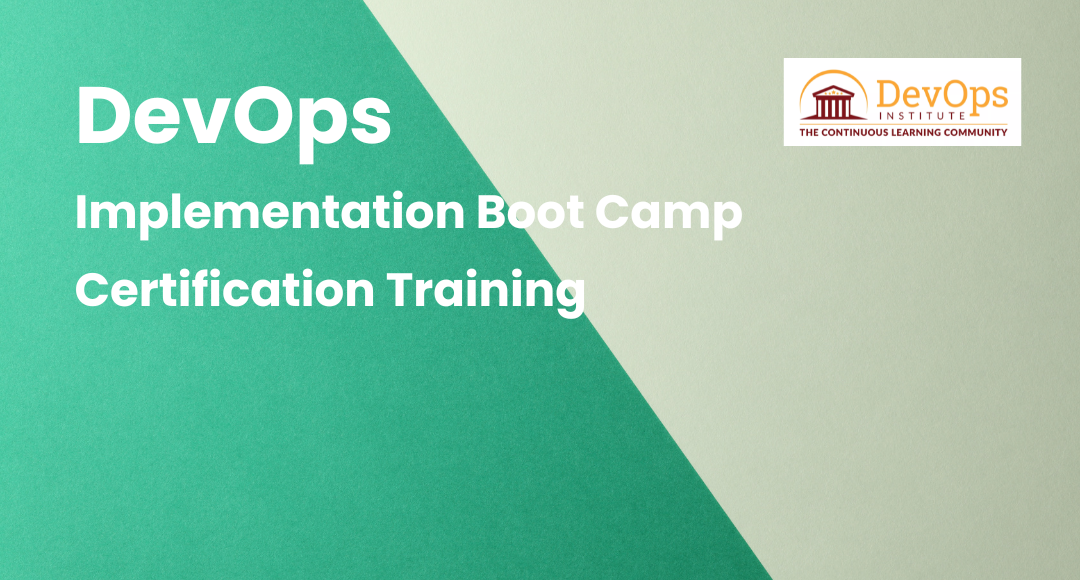
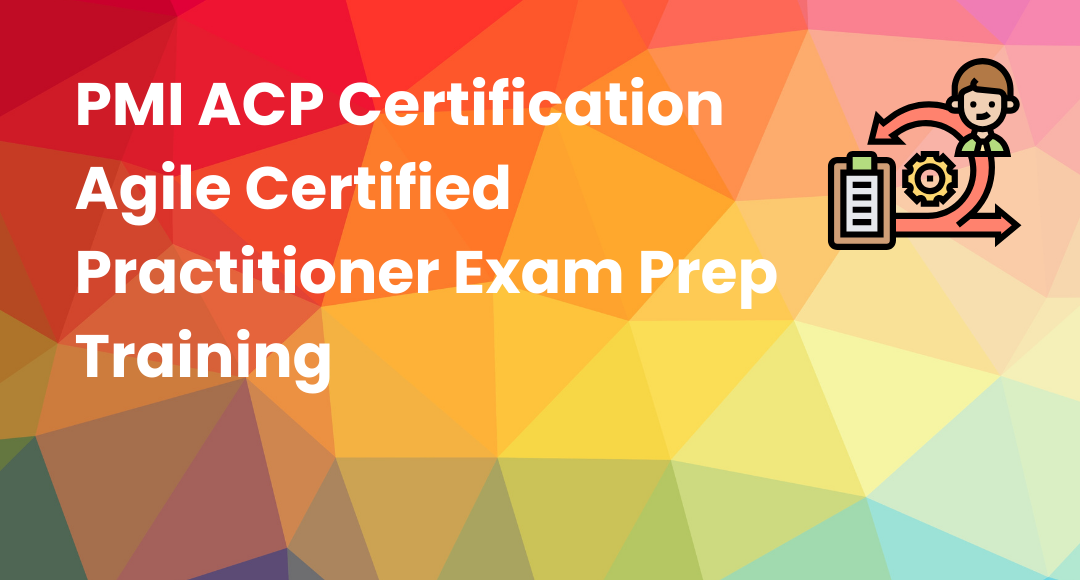

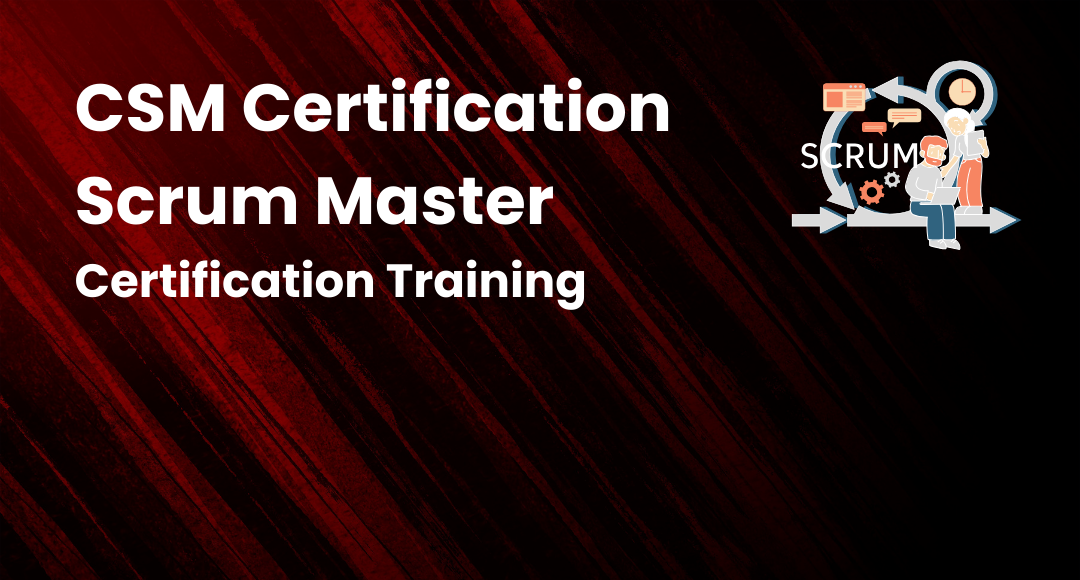
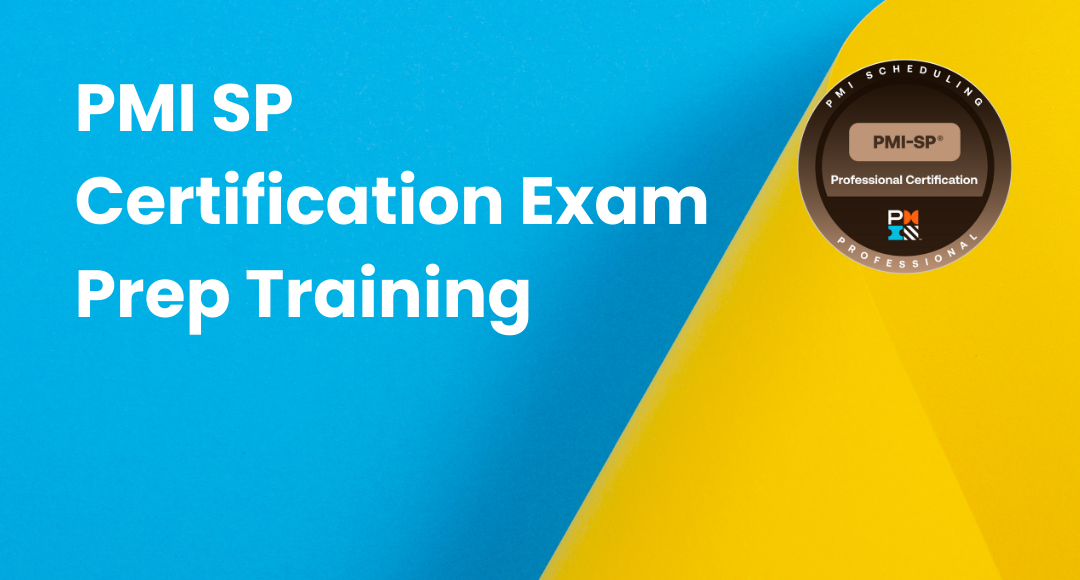

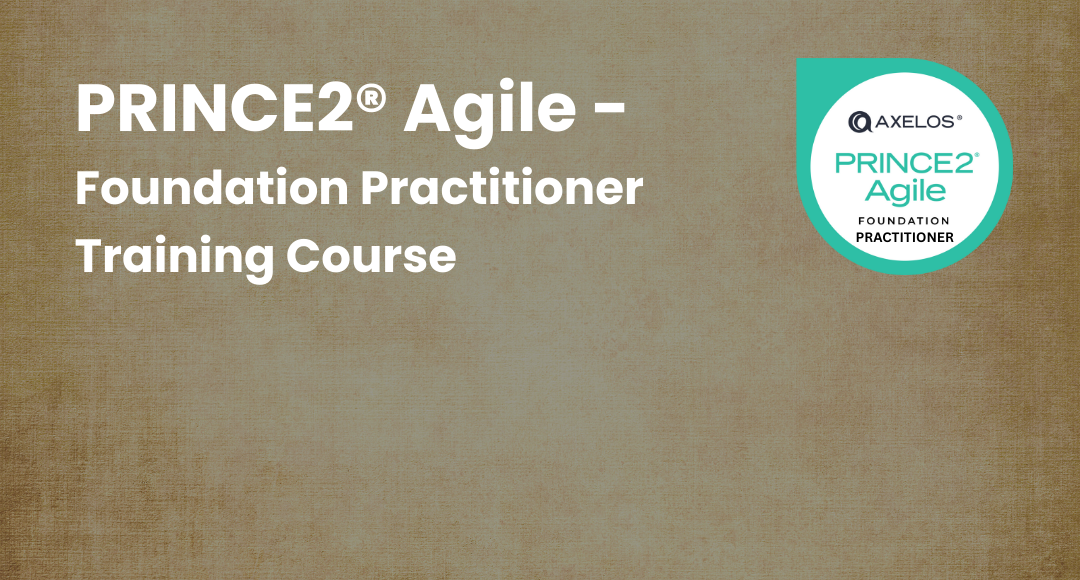
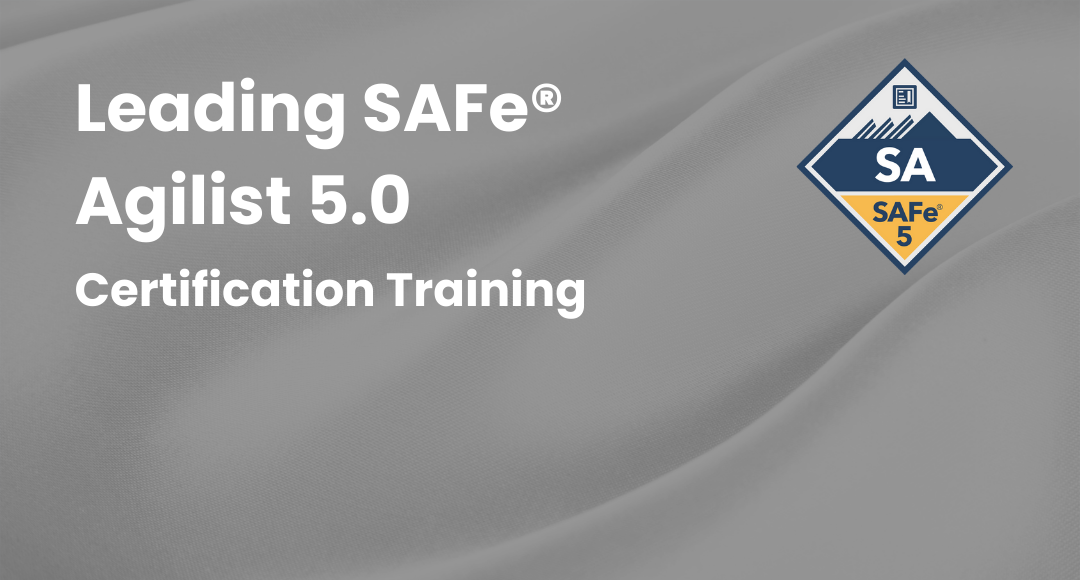
+Certification+Training.png)
